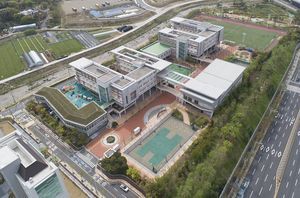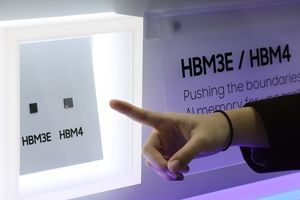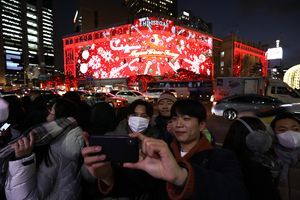![An AI-generated video appears to show Seoul's historic Gyeongbokgung submerged in floodwater. (YouTube)]](https://contents-cdn.viewus.co.kr/image/2025/07/CP-2023-0309/30841094.jpg) A video that appears to show Seoul’s historic main palace Gyeongbokgung submerged in floodwater has sparked confusion online, along with renewed concerns about the dangers of artificial intelligence’s role in the generation of misinformation.
A video that appears to show Seoul’s historic main palace Gyeongbokgung submerged in floodwater has sparked confusion online, along with renewed concerns about the dangers of artificial intelligence’s role in the generation of misinformation.
“It’s unbelievable,” he exclaims in the video. “Gyeongbokgung is completely underwater.”
The video gained traction as South Korea grapples with days of record-breaking rainfall that has triggered deadly floods and widespread damage, making the fabricated footage seem all the more plausible.
This incident has intensified calls for stronger regulation of AI-generated content.
“Those who create fake videos solely to mislead the public should face consequences,” one commenter argued.
Others have urged for legal safeguards to keep pace with the rapid advancement of AI technology, emphasizing that this is not an isolated incident.
As of Monday morning, a YouTube search using keywords such as “monsoon” or “flood,” alongside names of AI video tools like Google’s Veo 3, reveals an increasing number of similar clips.
Tech industry insiders report that since the release of Veo 3 in May, producing realistic-looking videos like these has become significantly more accessible. The Gyeongbokgung clip was reportedly created using this tool.
In response to mounting concerns, a new law mandating watermarks on AI-generated videos is slated to take effect in January of next year.










Most Commented